In many articles and sources of nanotechnology, nanostructures are synonymous with nanomaterials and are defined as materials one of whose dimensions is nanometric (preferably from one to one hundred nanometers), and this size leads to physical and chemical properties. With them, there is a clear difference between their previous and usual characteristics in the mass state. Whereas nanostructures, or nanostructured materials, are categories of nanomaterials that have special structures and properties.

How to find nanostructured materials suppliers & distributors?
 Nanomaterials suppliers & distributors (NM) have gained importance in technological advancements due to their tunable physical, chemical and biological properties with improved performance compared to their bulk counterparts. NM are classified according to their size, composition, shape and origin. The ability to predict the unique properties of NM increases the value of each classification. Due to the increased production of NM and their industrial applications, toxicity problems are inevitable. The purpose of this review is to compare synthetic (engineering) and natural nanoparticles (NP) and nanostructured materials (NSM) to identify their properties at the nanometric scale and define the specific knowledge gaps related to the evaluation of risks of NP and NSM in the environment. The review provides an overview of the history and classifications of NM and provides an overview of the various sources of NP and NSM, from natural to synthetic, and their toxic effects on mammalian cells and tissues. In addition, the types of toxic reactions associated with NP and NSM and the regulations implemented by different countries to reduce the associated risks are also discussed.
Nanomaterials suppliers & distributors (NM) have gained importance in technological advancements due to their tunable physical, chemical and biological properties with improved performance compared to their bulk counterparts. NM are classified according to their size, composition, shape and origin. The ability to predict the unique properties of NM increases the value of each classification. Due to the increased production of NM and their industrial applications, toxicity problems are inevitable. The purpose of this review is to compare synthetic (engineering) and natural nanoparticles (NP) and nanostructured materials (NSM) to identify their properties at the nanometric scale and define the specific knowledge gaps related to the evaluation of risks of NP and NSM in the environment. The review provides an overview of the history and classifications of NM and provides an overview of the various sources of NP and NSM, from natural to synthetic, and their toxic effects on mammalian cells and tissues. In addition, the types of toxic reactions associated with NP and NSM and the regulations implemented by different countries to reduce the associated risks are also discussed.
Buy nanostructured materials in bulk and get more discounts
 Nanotechnology is the ability to produce and manufacture new materials, tools and systems by taking control at the nanoscale, or atomic and molecular level, and using the properties that appear at these levels. One nanometer is equivalent to one billion meters (9-9 ۹ 10 meters). This size is 18,000 times smaller than the diameter of a human hair. where are Cheap nanostructured materials near me?
Nanotechnology is the ability to produce and manufacture new materials, tools and systems by taking control at the nanoscale, or atomic and molecular level, and using the properties that appear at these levels. One nanometer is equivalent to one billion meters (9-9 ۹ 10 meters). This size is 18,000 times smaller than the diameter of a human hair. where are Cheap nanostructured materials near me?
On average, 3 to 6 atoms together form the length of a nanometer, which depends on the type of atom. In general, nanotechnology is the expansion, production and use of tools and materials ranging in size from approximately 1,100 nanometers. Nanotechnology can be divided into three levels: materials, tools and systems. The materials used in nanotechnology in this technology are called nanomaterials. A nanostructured material refers to any material that has at least one of its dimensions on the nanometric scale (less than 100 nm). where is Wholesale nanostructured materials?
This definition clearly includes many types of structures, whether artificial or natural. A nanostructured material is a solid of atomic order, of crystals and of chemical composition distributed over several nanometers throughout its body. In fact, these materials are made up of crystals or nanometric grains, each of which can differ by its atomic structure, its crystallographic direction or its chemical composition. All materials, including metals, semiconductors, glass, ceramics and polymers, can be on the nanoscale. The range of nanotechnologies can also be in the form of amorphous, crystalline, organic, inorganic or mono-particle, complex, pulverulent, colloidal, suspension or emulsion particles.
Discount nanostructured materials in 2019
 According to the International Organization for Standardization (ISO / TS 80004), nanomaterials are divided into two general categories: nano-objects and nanostructured materials. Nanoshe is a material that is at least one of the dimensions of the nanoscale.
According to the International Organization for Standardization (ISO / TS 80004), nanomaterials are divided into two general categories: nano-objects and nanostructured materials. Nanoshe is a material that is at least one of the dimensions of the nanoscale.
Best nanostructured materials in 2020
There are now nanomaterials that do not fit into any of these three categories. For example, what categories of nanocomposites can be considered nanocomposites? Or what about the nanopore, whose dimensions are macro in three dimensions but on a nanometric scale? For this reason, another set of nanomaterials has been defined as nanostructured materials in the same standard, although none of their dimensions are normally on a nanometric scale, but one of the materials making up their structure is nanometric or they have a nanometric structure in terms of microscopy and morphology. Nanocrystalline materials and nanostructured coatings are other examples of these materials.
With regard to the veneers, it is necessary to explain that if the veneer has a nanometric thickness but its microscopic structure is not nanometric, it will fall into the category of one-dimensional bakeries; Nanostructures are known as nanostructured materials.



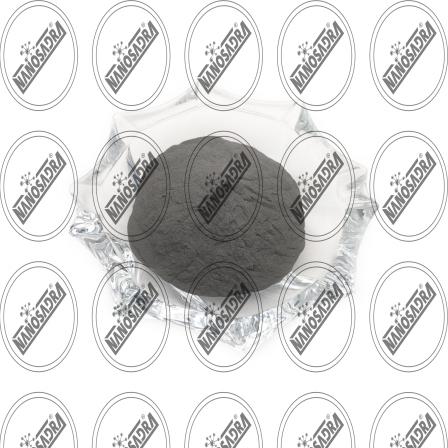
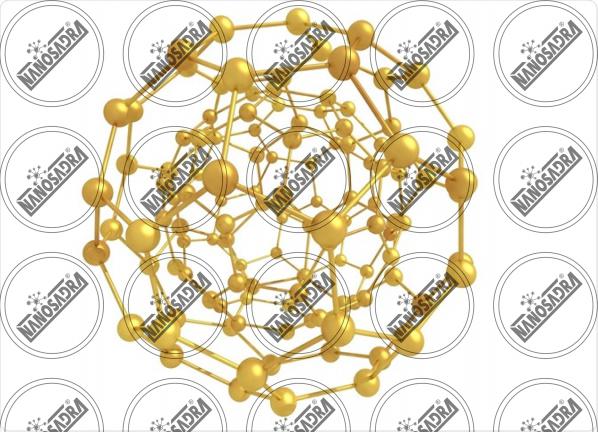

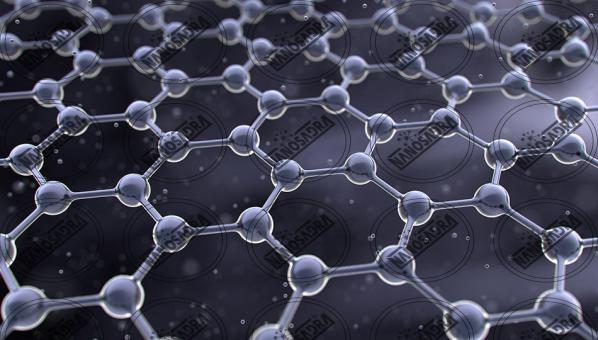
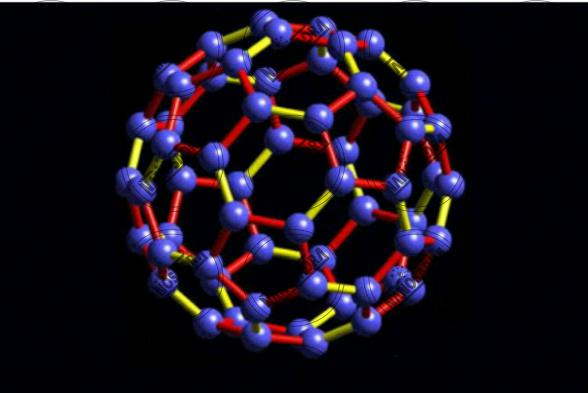
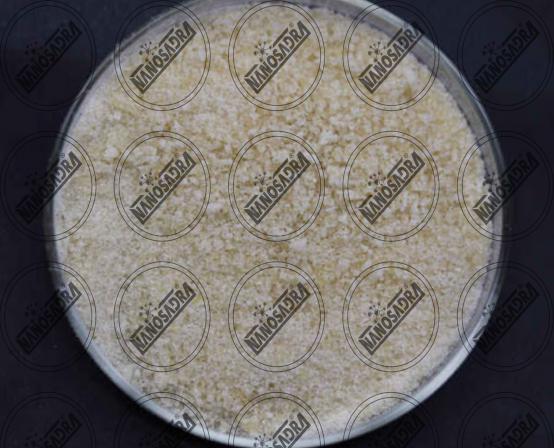


Hello There. I found your blog using msn. This is
an extremely well written article. I will make sure to bookmark it and return to read more of your
useful info. Thanks for the post. I’ll certainly return.
Your comment submitted.